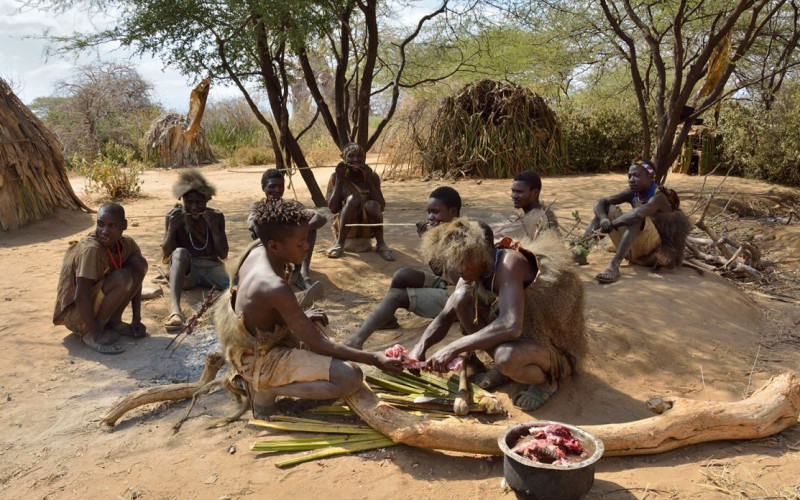LAKE EYASI


With a population of less than 2,000 people, the Hadzabe are one of the last tribes to remain true to their tribal history. They exist much as they always have, far from the crowds and globalization that inevitably support tourism. The Hadzabe people live in caves near Lake Eyasi, and their isolation and small population size have allowed them to avoid the HIV epidemic and other diseases spread by intertribal marriages. Men typically hunt and bring honey home to feed their families, whereas women and children collect fruits, berries, and roots to supplement their diet. The men are particularly skilled hunters, and their daring and inventive hunting style is breathtaking.
They cunningly lure and put down game by using parts harvested from other animals. To hunt, they use locally made poisons and ingenious camouflage. They are the only tribe allowed to hunt in the Serengeti because this is their only source of food. Visitors can join an early morning hunting demonstration before exploring the lake Eyasi region by car or on foot, whether staying in nearby lodges or traveling across from Karatu. The Hadzabe language is a distinguishing feature of their culture. The Hadzabe language is an idiosyncratic click language. It is similar to that of the famous Bushmen of the Kalahari Desert. Despite this, and despite their similar physical appearances, DNA testing has revealed no links between the two groups.